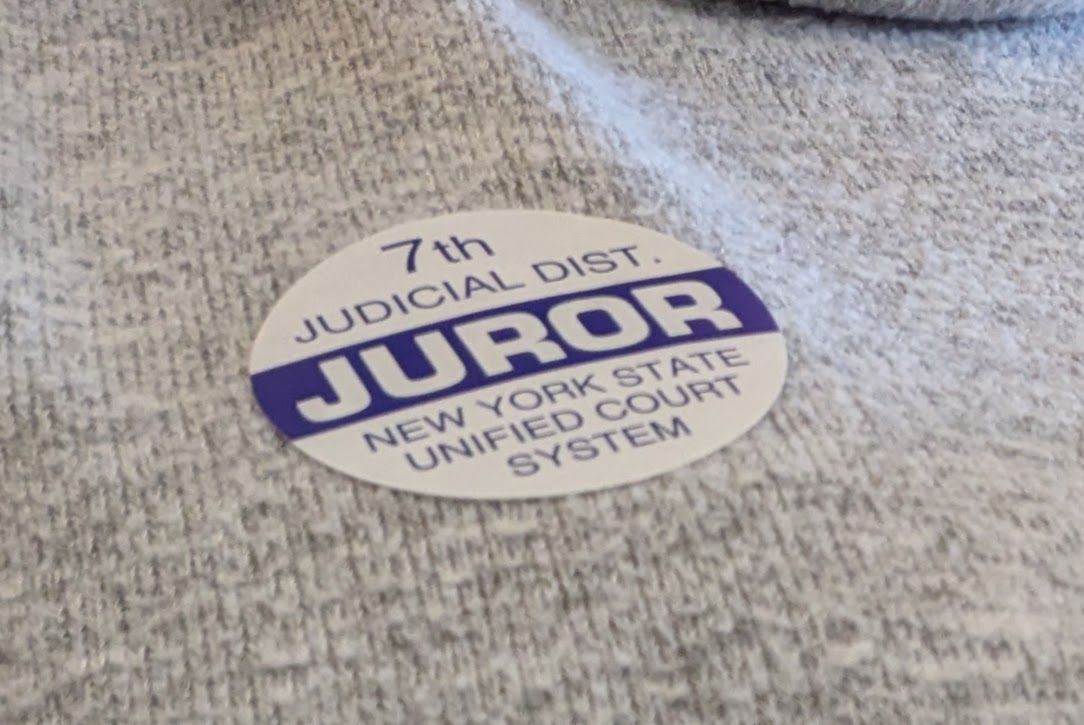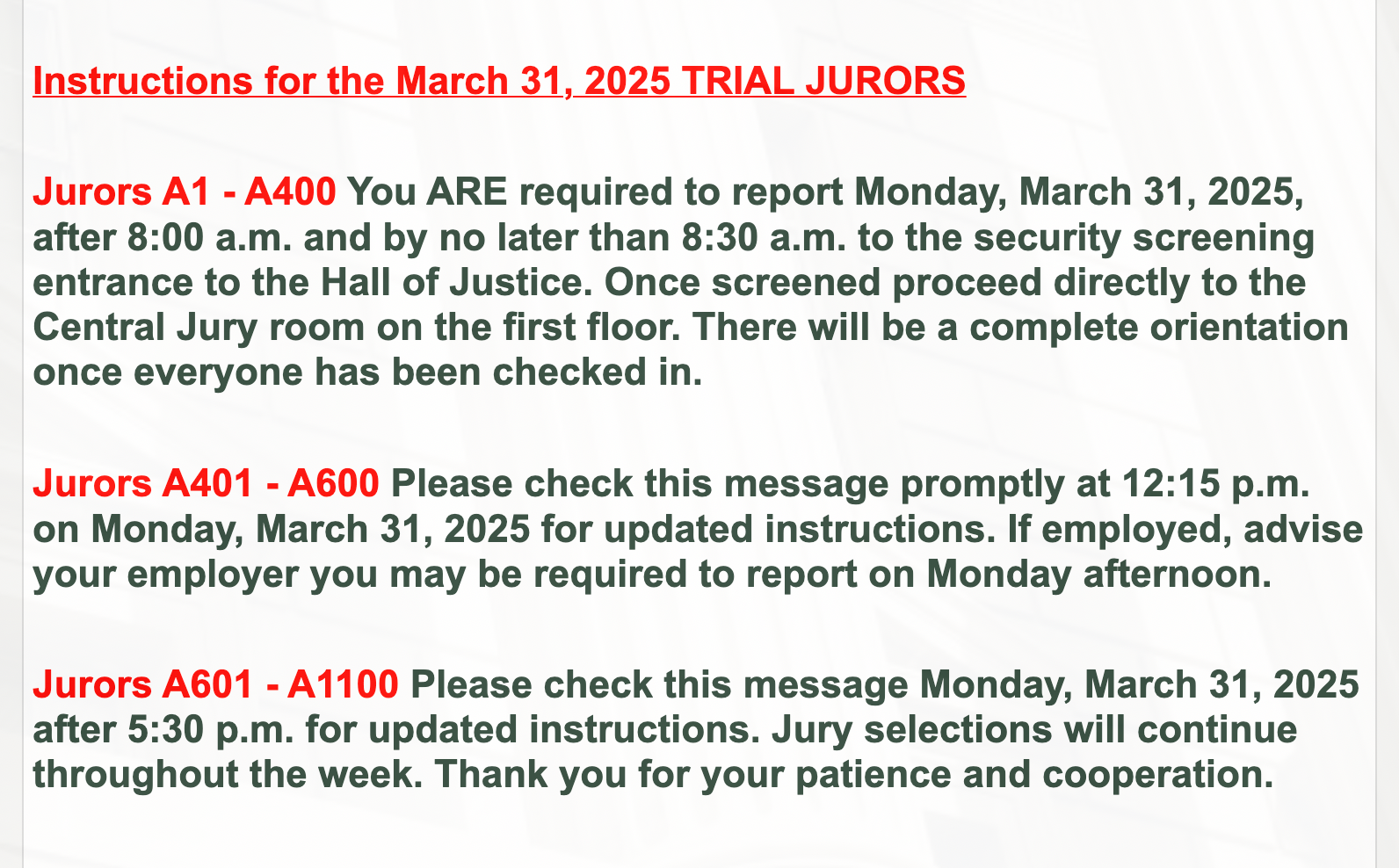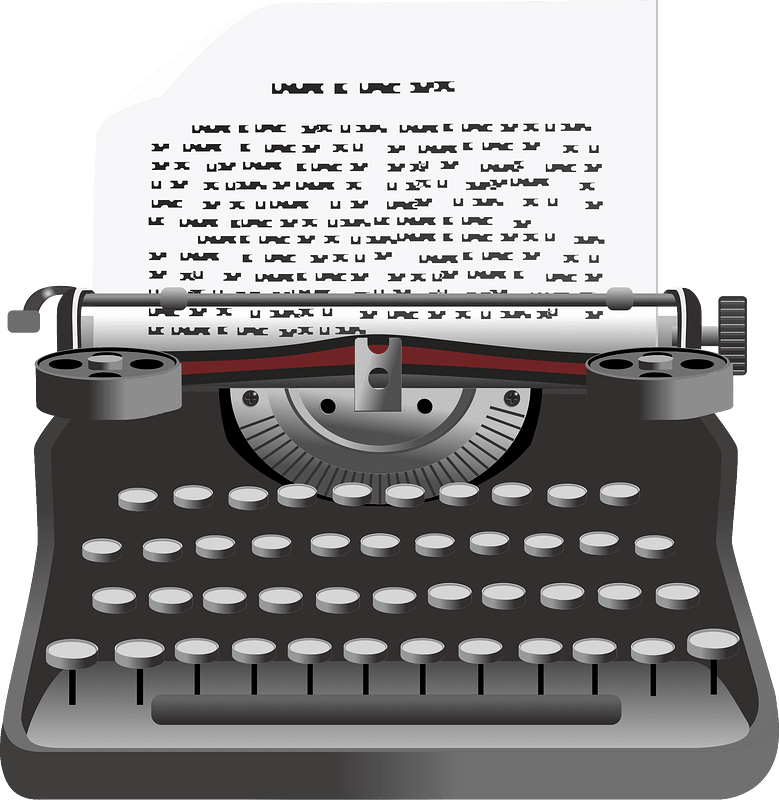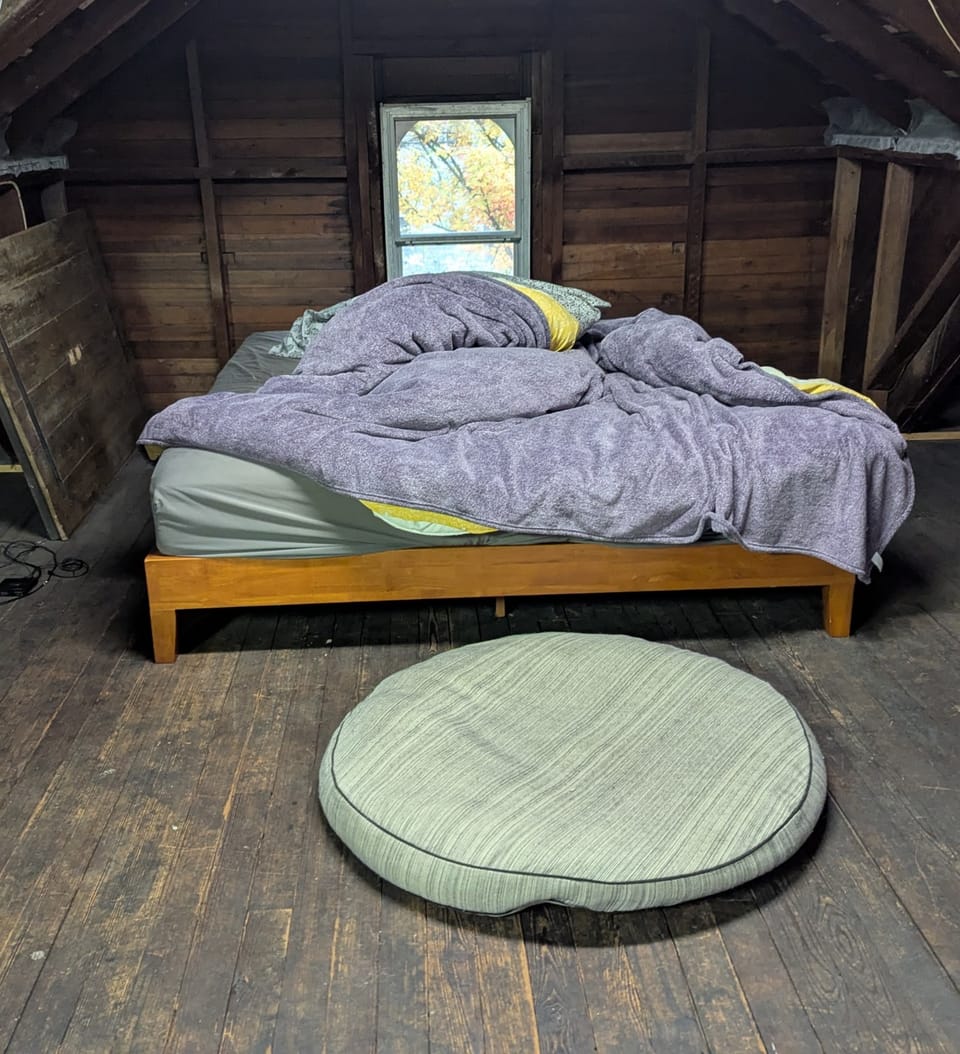Juried

Knowing that Buster could potentially be called for jury shortly after me, I took copious notes during my day at the "Hall of Justice." As karma would have it, he found out on Friday night at 5:30 p.m. that he would need to appear by 8:15 on Monday morning.
Here you go, Buster.
I biked downtown and went through security at 8:00 a.m. That part was easy. Lots of people had their morning coffee with them. Once you are through security, you walk into the great hall and turn to the left. There are lots of signs saying "Juror" or jury assembly room, with arrows pointing the way. The courts also sent this helpful video to ensure people do not get lost.
After you make your way to the Jurors' room, you turn in your paperwork, and you are directed to a seat. The person who handled all the logistics from telling you where to sit, to introducing the videos we watched and explaining the process was Commissioner of Jurors, Charles (Chuck) G. Perreaud. Chuck has obviously been doing this a long time, and he knows the concerns or annoyances that people feel about jury duty.
He got started speaking with us around 8:45 and explained how we came to be chosen for jury duty:
1) Paying taxes
2) DMV registration
3) Using Social Services
4) Voter registration
Chuck also shared that until the Civil War, it was only white, male landowners who were on juries. Women first became potential jurors on January 1, 1937. It used to be that anyone age 70+ would be removed from jury duty, or anyone in the healthcare field could expect an automatic "out." This is no longer the case.
If you are a felon, or you have served on a jury in the last 6 years, you cannot serve. Because of showing up on our appointed day, ready to serve, we are exempt from jury service for the next 8 years. On the other hand, you can volunteer for jury duty, if you have extra time you'd like to give.
As a juror, you get a $40 per diem. You can also get a bus pass for transportation, although you cannot be reimbursed for parking.
He also explained that each of us must put on a sticker like the one at the top of this post. He reassured us that if someone seems to be ignoring us, or turns away, it is because we are wearing this sticker and attorneys, witnesses, judges, defendants, none of them can talk to jurors or potential jurors.
It was 9:03 when Chuck got done with all these explanations and housekeeping announcements.
Now it was video time. There were a couple videos to watch.
First up, "Fairness and A Right To Trial"
This video is from the Perception Institute and I thought it did a great job trying to help people open up their minds to try to come into jury duty and a trial with a blank slate. Impossible to do, but worth striving for.
At 9:16 a.m. we all stood, raised our right hands, and were sworn in as jurors.
Next up we learned about the importance of jury duty.
The consistent theme was that we matter, jury duty is important, and bringing our best, most ethical selves to the process was the goal.
While we were watching the videos, the staff was running our names through their system to randomly assign us to each of the 3 judges who would have a criminal trial that would need jurors. Three just happened to be the number on my day, and all the trials happened to be criminal cases. Jurors are also needed for civil trials.
At 9:28, Chuck read out the names of the 3 judges and which jurors would be going to those courtrooms. Court officials come to lead each group to the appropriate courtroom where they will be questioned to help determine who will end up serving on that jury. Or, as in my case, the case will be settled before we even made it to the courtroom.
Fascinating, important, brief excitement mixed in with long quiet. A lot like our regular life.
Juror A111 will be ready to serve tomorrow.





